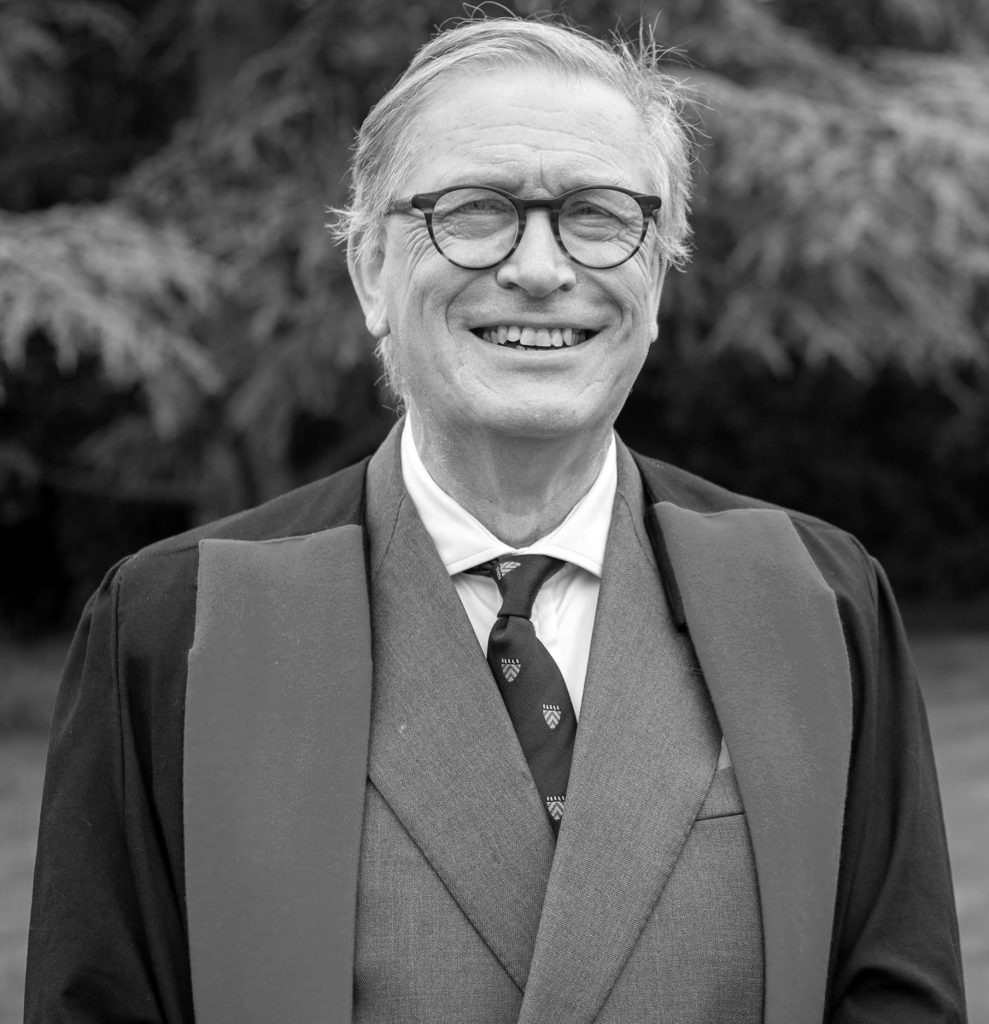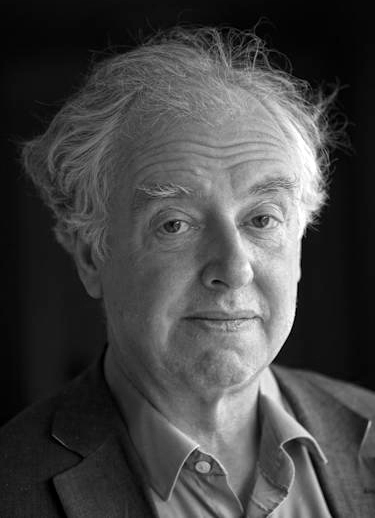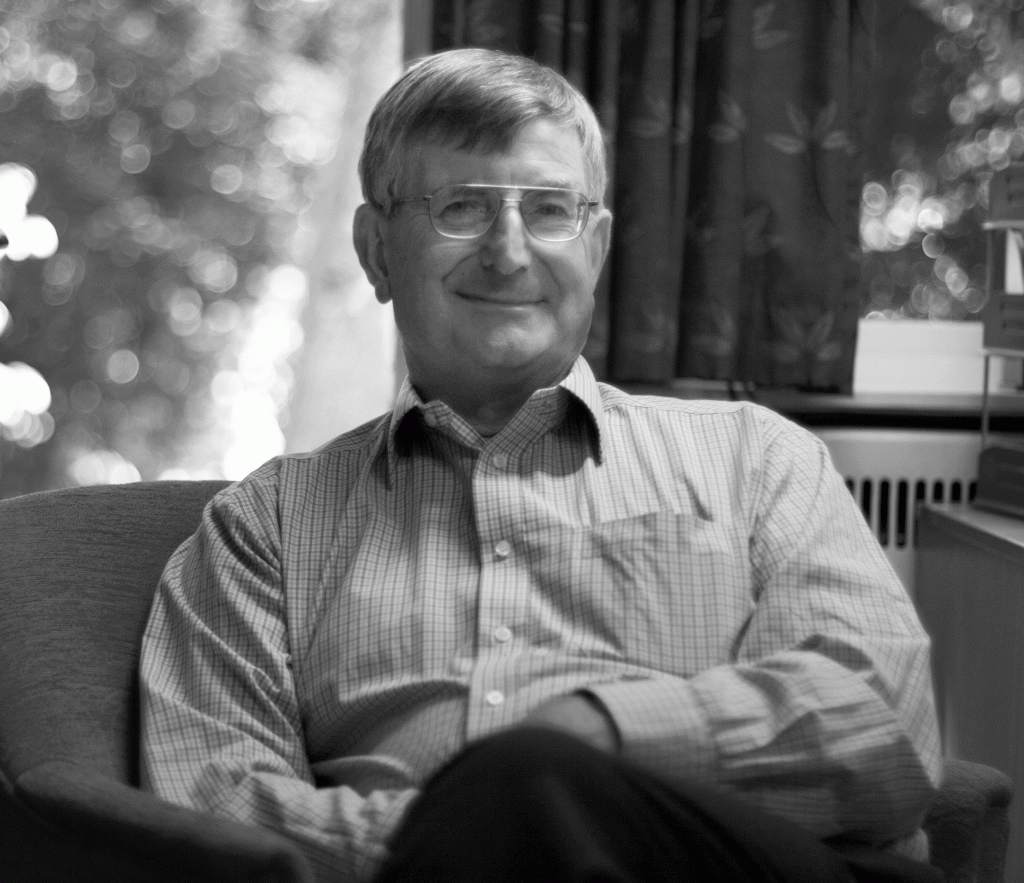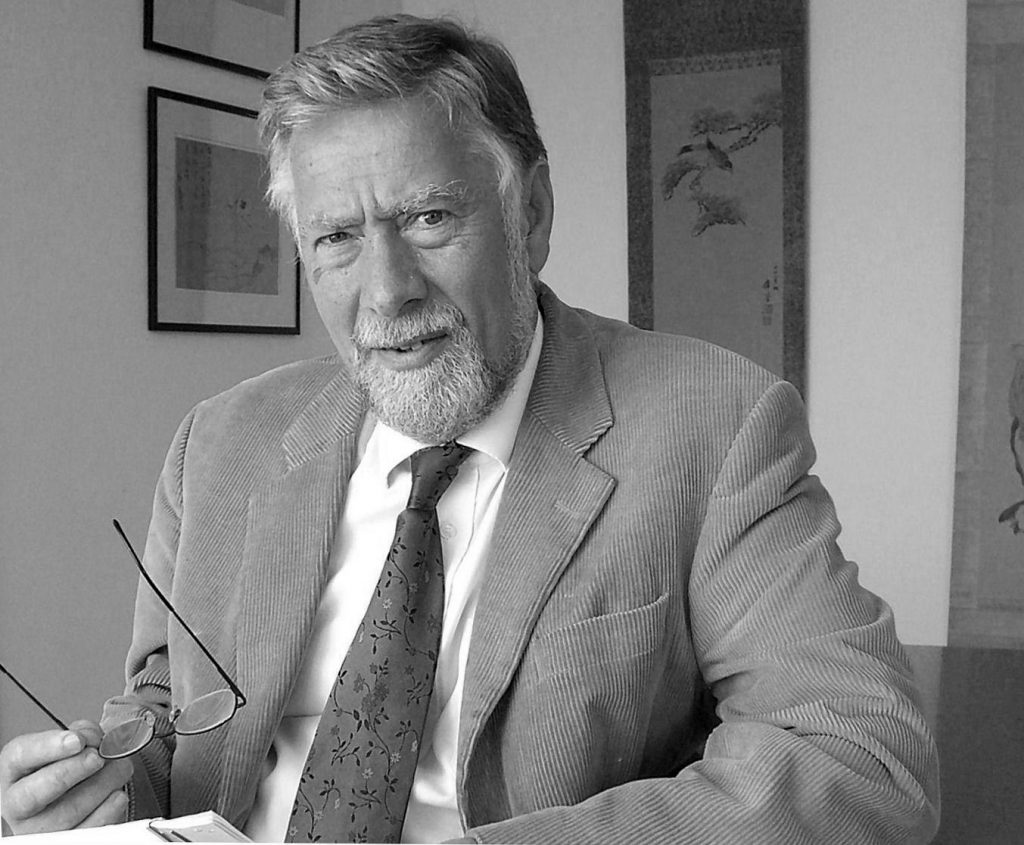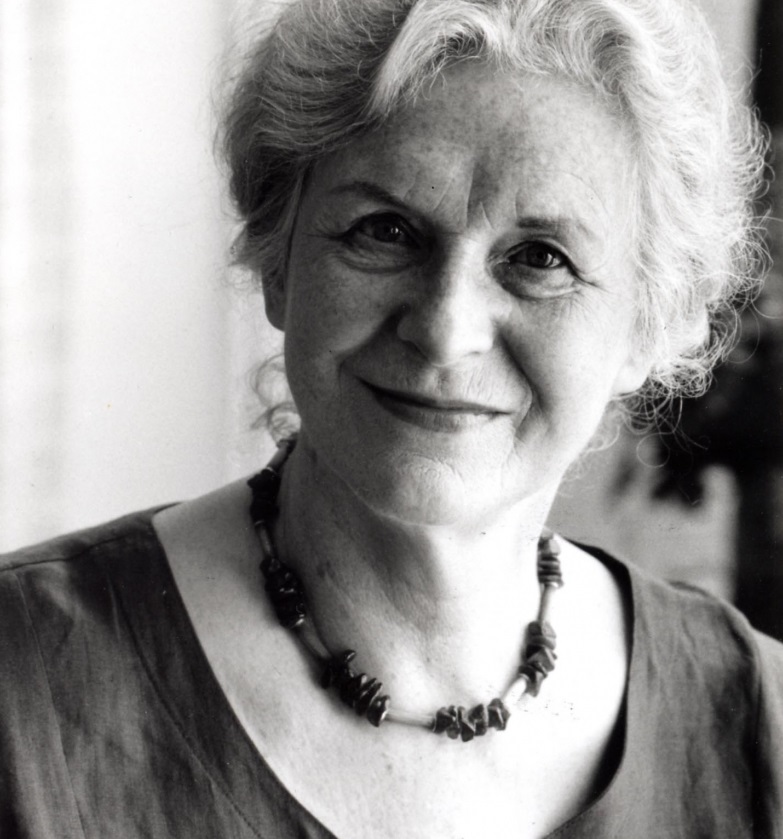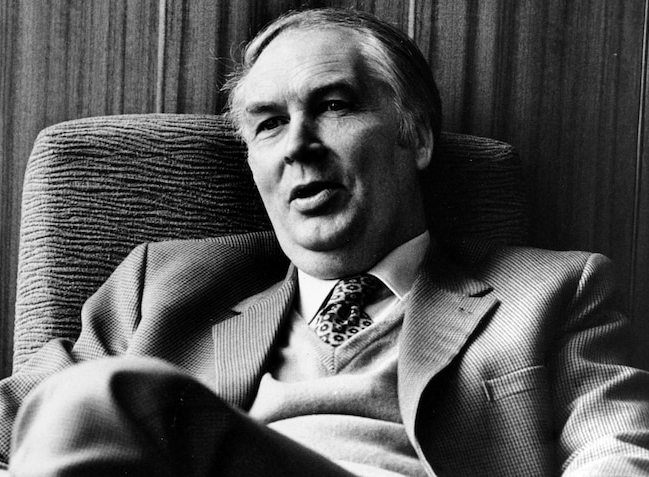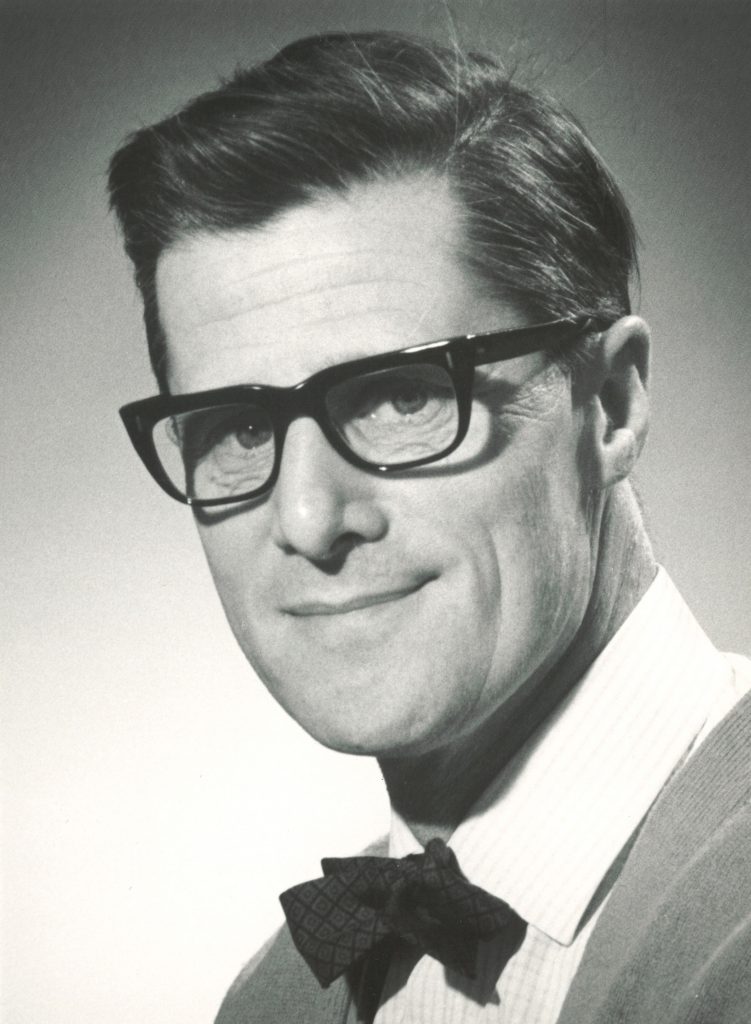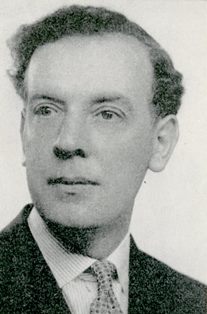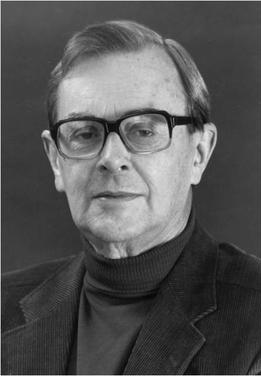History of Clare Hall
Foundation
Clare Hall was founded in 1966 on the initiative of Clare College.
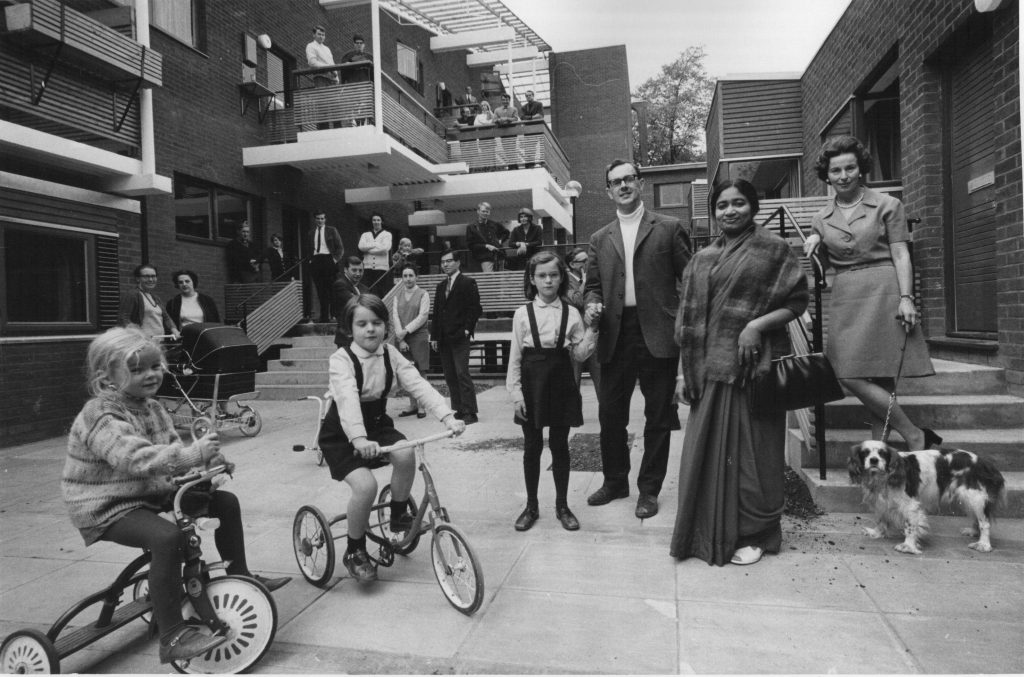
It was envisaged as a college with three main classes of members: university teaching officers whose principal focus was research; visiting academics who would stay in Cambridge for between six months and a year; and graduate students. It would have a special link with Clare College, primarily as a satellite. It was seen as an Institute for Advanced Study, loosely modelled on the Institute for Advanced Study at Princeton but shaped by its being part of the University of Cambridge. The details of its setting up were worked out by Sir Eric (later Lord) Ashby, the Master of Clare College, and Dr Richard Eden, together with Richard Northam, the Senior Tutor of Clare.
Clare provided the site for the new College, on the corner of Grange Road and Herschel Road, and elected Brian Pippard, a physicist and Fellow of Clare, to be Clare Hall’s first President. Its initial endowment was provided by Clare and by the Old Dominion Foundation (now renamed the Andrew Mellon Foundation). The College’s new buildings, designed by the eminent architect Ralph Erskine, were opened in 1969, by which time twelve research students were living in Elmside, the house fronting onto Grange Road which had been converted into accommodation. The original college buildings are listed Grade 2* as buildings of national importance.
Growth and development
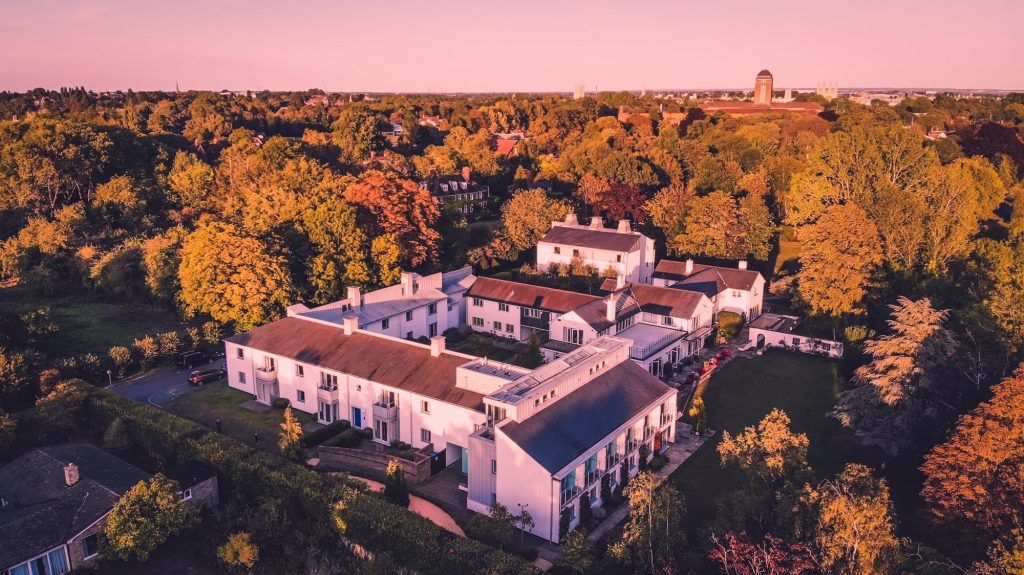
The College expanded slowly through the 1970s, mainly reflecting the growth in the number of research students at the University, and a neighbouring house on Herschel Road was bought, to be added to later by two further buildings in the College’s grounds.
As a result of this expansion, in 1984 Clare Hall became a fully independent college with its own statutes and Governing Body. Its relationship with Clare inevitably changed, though the two colleges have continued to maintain close links.
In 1978 the American scholar and philanthropist Obert C. Tanner set up the Tanner Lectures on Human Values, held annually in a group of leading American universities, Oxford and Cambridge. The Cambridge lectures were fixed at Clare Hall, and since then have provided a focus for the College’s outward-looking intellectual activities, complementing its internal series of seminars and colloquia.
In the summer of 1996, Clare Hall purchased a substantial property, formerly the Cambridge home of Lord Rothschild, five minutes’ walk from the main college site at the western end of Herschel Road. This provided an opportunity to increase the number of apartments for Visiting Fellows and rooms for graduate students. After further development, the property was renamed West Court, and it now provides meeting rooms, studies, apartments, study bedrooms, a gym, an indoor swimming pool and a beautiful garden. It provides the perfect quiet environment in which researchers can work.
Outstanding contributions
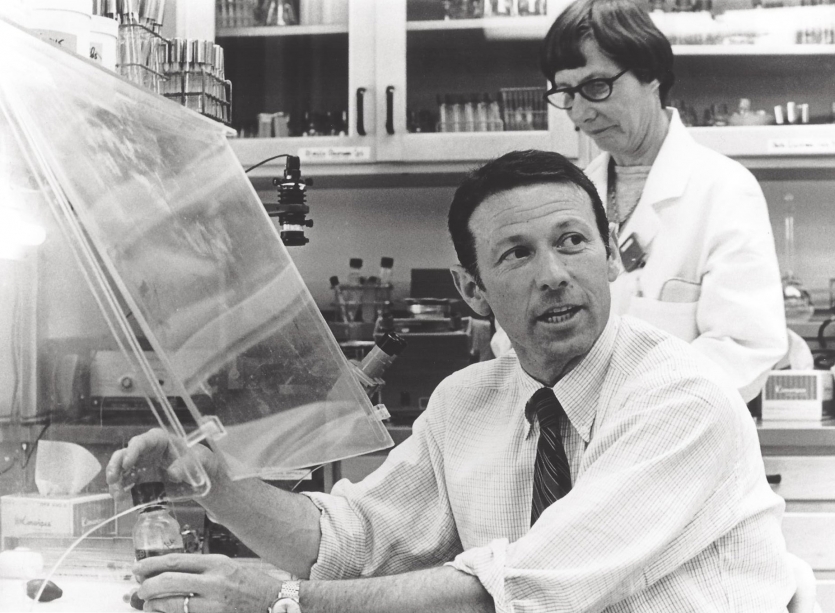
Clare Hall has made an important contribution to the research careers of many of its members, and we are happy to have played a part in some truly inspirational projects.
Read about our Fellows via the Directory.
Many former Clare Hall Visiting Fellows have been awarded Nobel Prizes:
Ivar Giaever – Nobel Prize for Physics in 1973
Paul J Flory – a Visiting Fellow in 1984-5, was awarded the Nobel Prize for Chemistry in 1974.
Joseph Brodsky – a Visiting Fellow and poet in residence in Clare Hall in 1977-8, was awarded the Nobel Prize for Literature in 1987
Seamus Heaney – 1995 Nobel Prize in Literature ‘for works of lyrical beauty and ethical depth, which exalt everyday miracles and the living past’
Paul Berg (pictured above) – Nobel Prize for Chemistry 1980 for his fundamental studies of the biochemistry of nucleic acids, with particular regard to recombinant-DNA
Kim Dae-jung – Nobel Peace Prize 2000 for his ‘work for Democracy and Human Rights in South Korea and in East Asia in general, and for peace and reconciliation with North Korea in particular’
David Thouless – Nobel Prize for Physics 2016 for his work on condensed matter physics
William Nordhaus – Nobel Prize for Economics for his work on economics and climate change
Joseph Stiglitz – Nobel Prize in Economic Sciences 2001 which he shared with George Akerlof and Michael Spence “for laying the foundations for the theory of markets with asymmetric information.”
More information on these individuals and other College history may be found by contacting the Archives.
Marie Battle Singer
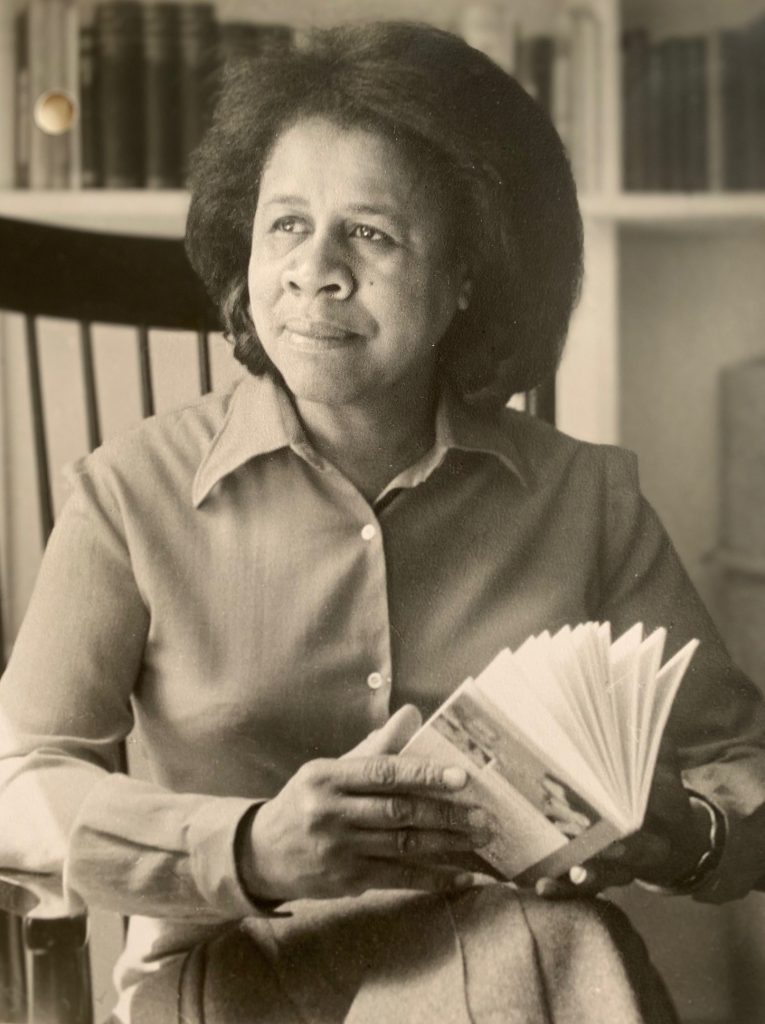
Dr Marie Battle Singer was Britain’s first black psychoanalyst and one of the earliest Research Fellows at Clare Hall. Marie was born in Okolona, Mississippi, in the American South in 1910. She grew up in a family of African American educators just one generation removed from slavery. In the summer of 1950, Marie moved to England to work and study with Anna Freud at her Hampstead Child Therapy Clinic.
Later on and for many years she was one of only two psychoanalysts in Cambridge, and her practice became focused on university students and postgraduate adults as well as children. During Marie’s years at Clare Hall, she developed friendships and associations with numerous Cambridge scholars and students. Among her many close friends and collaborators were physicist and Founding Fellow of Clare Hall, Professor Richard Eden, biochemist and historian Joseph Needham, philosopher John Wisdom, and anthropologist Polly Hill. By the early 1970s, Marie taught courses on psychoanalysis in the Experimental Psychology department, the first to do so since Karin Stephen in the 1930s. She also taught training physicians at Addenbrooke’s Hospital and helped Oxford University students create a psychoanalysis study group.
Read more about Dr Marie Battle Singer’s fascinating life, along with information about the Fund set up in her memory, on this page.
A brief chronology of Clare Hall
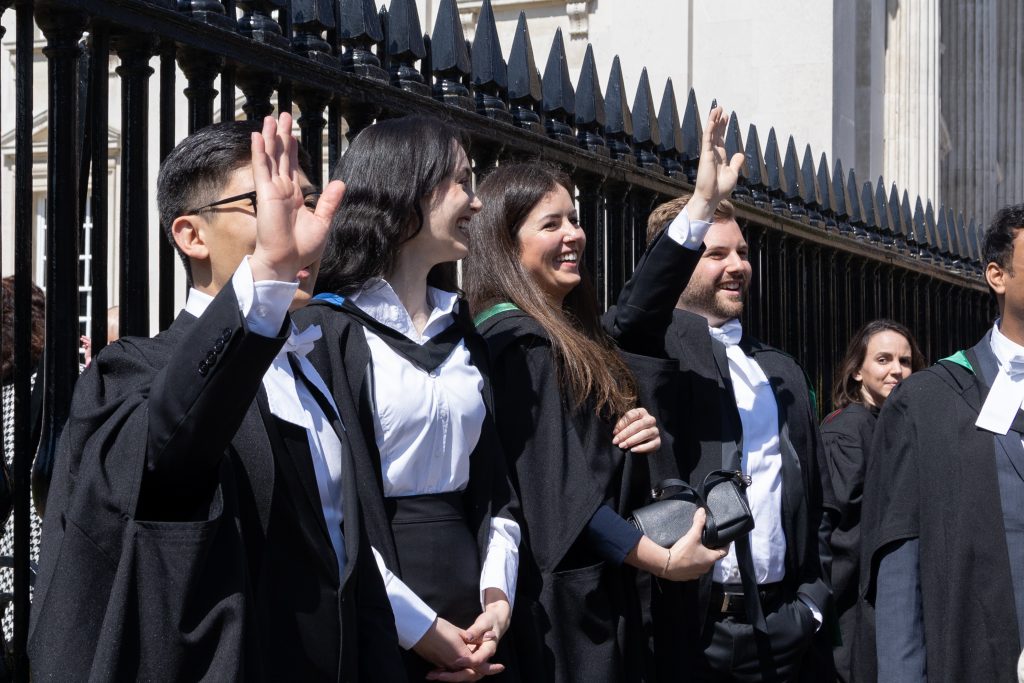
The timeline below is drawn from Richard Eden’s book, Clare Hall – the origins and development of a college for advanced study (2009).
1958 – Lord Ashby becomes Master of Clare College.
1964 – Eden writes proposal for a Clare Institute for Advanced Study to include men and women, with Visiting Fellowships and family accommodation. The proposal is circulated to Clare College’s Governing Body, who unanimously approval in principle. Godwin suggests the name Clare Hall. Ashby, Eden and Northam work on details. Ralph Erskine visits and is appointed architect for Clare Hall; draft plans are made by December.
1966 – Main appointments are made including Pippard as President-designate; Cameron as Bursar; Echlin as Praelector; Armstrong as Tutor.
1967 – Clare Hall Governing Body meets in Elmside. The first Foundation Feast is held in Trinity Old Kitchen. Clare Hall sets up its College Council. Clare Hall has 37 Fellows (13 Official, 12 Research, 12 Visiting). 4 graduate students are admitted and are resident in Elmside.
1968 – Associates form new class of membership at Clare Hall.
1969 – The Fellowship Committee is formed. Formal opening of Clare Hall buildings by Sir Eric Ashby. Clare Hall evening talks begin.
1972 – Betty Behrens becomes the first Emeritus Fellow of Clare Hall.
1978 – the Tanner Lectures Foundation is set up in Clare Hall. The first Tanner Lecture is given by Conor Cruise O’Brien.
1980 – Keyneside acquired (later renamed Leslie Barnett House).
1983 – the Ashby Lecture series is set up.
1984 – a Coat of Arms is approved.
1985 – St Cross, Oxford, becomes Clare Hall’s sister college.
1986 – former Fellows and Associates are retitled Life Members.
1988 – the Michael Stoker Building opens.
1989 – postgraduate student numbers approach 100.
1997 – purchase of 11, Herschel Road (the Rothschild Building).
1997 – the Brian Pippard Building is constructed.
1998 – the Robert Honeycombe Building is added.
1998 – the Paul Mellon Building is completed.
2000 – the Anthony Low Building is finished.
2010 – the Salje Building is added.
2016 – Clare Hall celebrates its 50th Anniversary. A new annual lecture series, the King Lecture in Biomedical Sciences, is established.
2021 – Special interest groups launched.
2022 – first Open Cambridge talks take place.
Presidents of Clare Hall
1966 – Sir Brian Pippard
1973 – Sir Robert Honeycombe
1980 – Sir Michael Stoker
1987 – Professor Anthony Low
1994 – Professor Dame Gillian Beer
2001 – Professor Ekhard Salje
2008 – Sir Martin Harris
2013 – Professor David Ibbetson
2019 – Professor Alan Short
